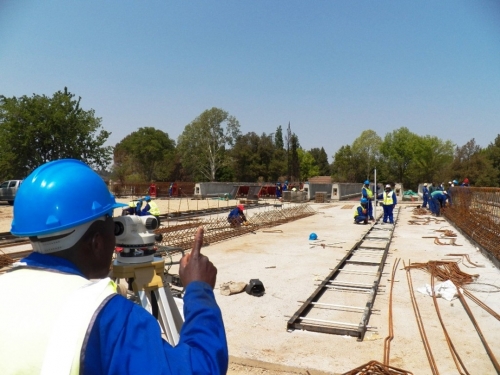

This meant however that the "GIS-Data" surface that was generated in the Geospatial chapter was inaccessible to the rest of the chapters, therefore the whole workflow had to change to build a surface from more traditional survey sources.Ĭhapter 1 will mostly remain the same as an introduction to Civil 3D.Ĭhapter 2 (Geospatial) by popular demand is moving to the appendix. It still holds value to the course, however it is better located in the appendices as an option. There was a persistent request to move the Geospatial chapter out of the main body of the book. The goal of this book (and for surveyors) is to create an Existing Conditions Plan, which will be used to a create data shortcut for Existing Ground. I want to make this a more realistic workflow, but reuse as much of the book and the data as possible. For the Civil 3D for Surveyors 2020 release, you will note changes throughout the Learning Guide, from Chapter 2 onward. These are introductory Learning Guides with no prior Civil 3D experience required. It does not store any personal data.ASCENT currently offers three Learning Guides for Civil 3D: The cookie is set by the GDPR Cookie Consent plugin and is used to store whether or not user has consented to the use of cookies.

The cookie is used to store the user consent for the cookies in the category "Performance". This cookie is set by GDPR Cookie Consent plugin. The cookies is used to store the user consent for the cookies in the category "Necessary". The cookie is used to store the user consent for the cookies in the category "Other. The cookie is set by GDPR cookie consent to record the user consent for the cookies in the category "Functional". The cookie is used to store the user consent for the cookies in the category "Analytics".

These cookies ensure basic functionalities and security features of the website, anonymously. Necessary cookies are absolutely essential for the website to function properly.


 0 kommentar(er)
0 kommentar(er)
